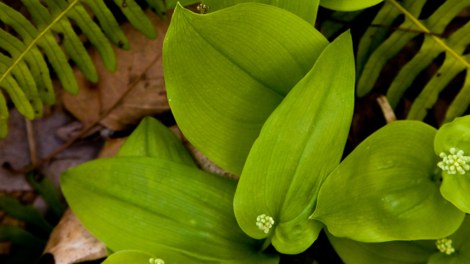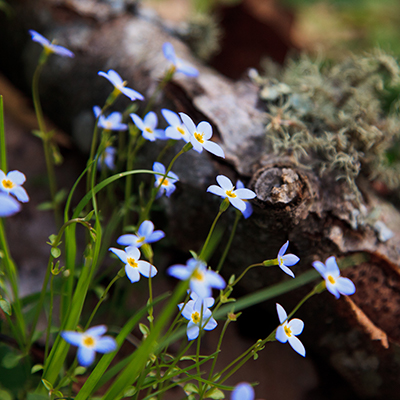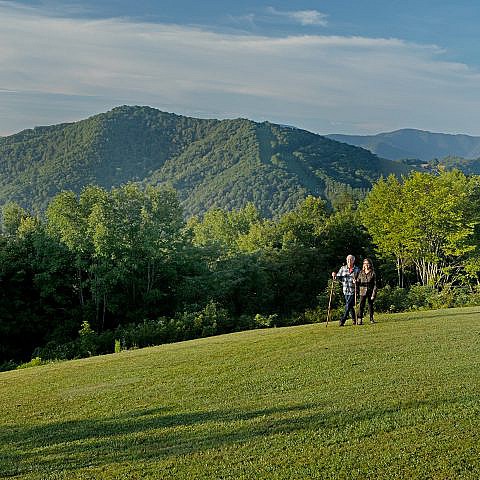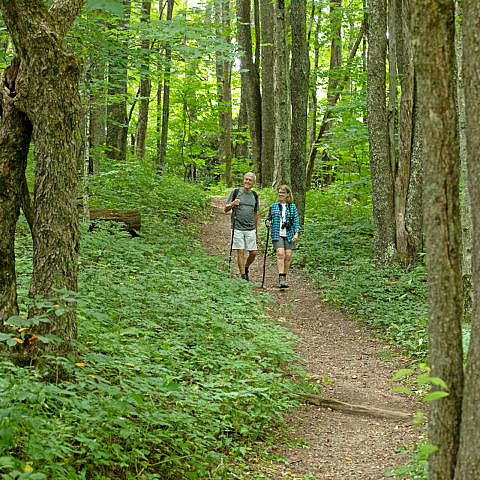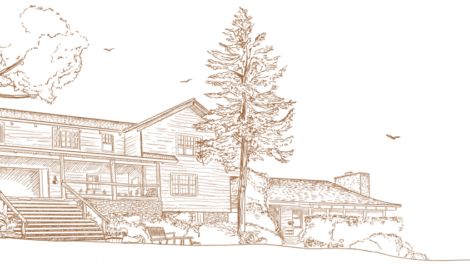Composting 101
With more time being spent at home these days, this could be the year to tackle a new challenge and begin composting food waste to improve your soil.
For those interested in starting their own compost pile, Swag Team Member Jill Metterhausen (also a master gardener) shares her experience and knowledge below.
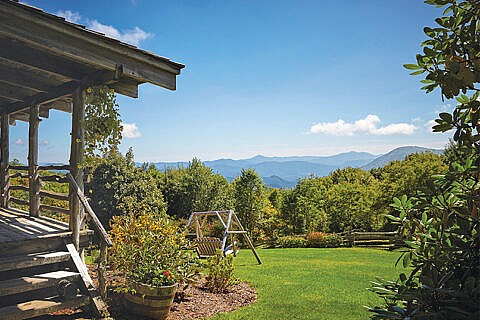
Composting is a process that controls the decomposition and transformation of biodegradable material into a humus-like substance. As we start gearing up to plant our summer gardens, adding compost to your beds is one of the best steps you can take for better soil health and plant growth. It replaces nutrients in the soil that were likely depleted from last year’s production.
But, how can you set up your own compost? There are two ways to do it, depending on the amount of effort you’d like to put into it.
Slow (cold) composting is the simplest way to compost, but takes a greater amount of time to achieve the soil you desire – about a year. You can simply gather leaves and sprinkle them with water in a pile or bin, and they will decay on their own. Food scraps can be added, but must be buried deep so they are out of reach of pests. Weed seeds and pathogens will likely survive.
Fast (hot) composting will produce a higher quality of compost in less than half the time, but requires more effort. A pile needs a balance of organic materials, moisture, and oxygen to support microorganisms that will heat the pile to 140˚-150˚. At these temperatures, most weed seeds and pathogens will be killed. You must aerate your pile, check temperature and moisture levels within your pile, and be sure to get the right mixture of materials. This is the method we use at The Swag.
Fast composting can be done in a pile or bin, but the size is important for maintaining heat. It should be 27 cubic feet – 3 feet wide, deep and tall. Set it up in a convenient location that is over 6 feet away from your home or other wooden structures, ideally far away from the vegetable garden, and in a shaded location to help retain moisture. There are two basic styles of fast composting:
- A Single Batch composting system is where materials are added all at once to form a pile.
- Alternatively, a Continuous Pile is where organic materials are added as they become available.
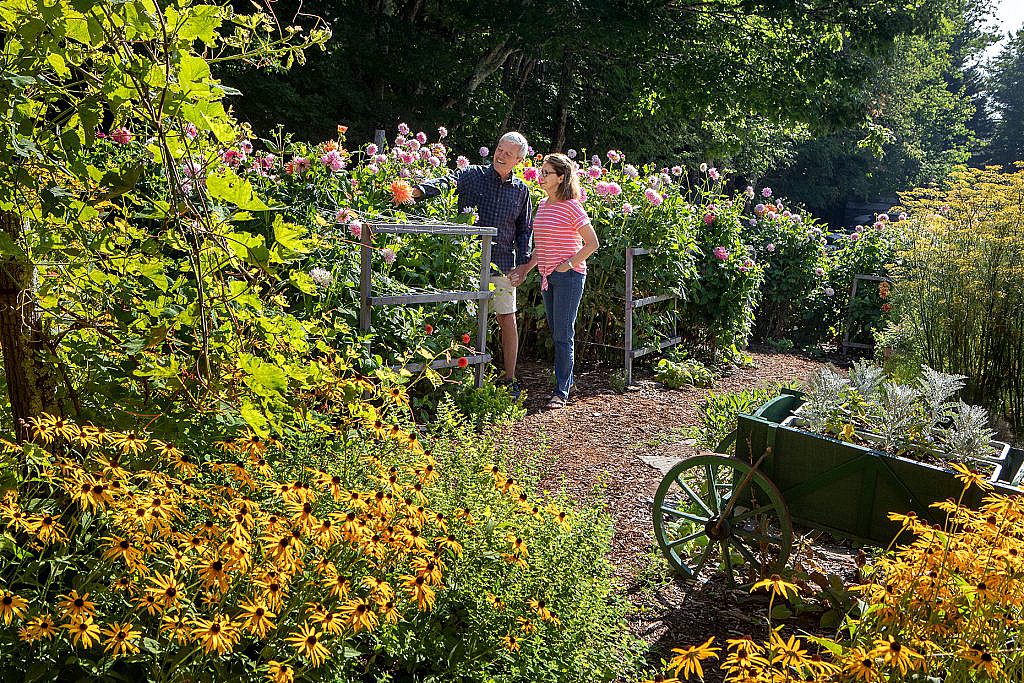
If you were to Google options for compost bins or structures, you will find an overwhelming amount of options. At The Swag, we use the continuous pile style in a large three-bin compost system. In the first month, we will add all ‘brown’ and ‘green’ scraps to the first bin. In the second month, we will move that pile to bin two to aerate and mix. All new scraps will be added to bin one. In the third month, we will move bin two to bin three to repeat the process, bin one to bin two and start over in bin one. At this point, you’ll notice the breakdown of scraps starting to look more like healthy soil in bin three.
To start your compost pile, add 4-5 inches of carbonaceous materials (browns) then 2-3 inches of nitrogenous materials (greens), and continue to alternate layers. Water each layer thoroughly to ensure that moisture is evenly distributed. You could toss in a handful of soil to introduce more microorganisms. Top with browns to keep out flies and other pests, and provide a filter for odors.Examples of ‘Browns’ to add are:
- Examples of ‘Browns’ to add are: brown leaves, newspaper, straw, cardboard, hay, dryer lint, cotton balls and swabs, and bark.
- Examples of ‘Greens’ to add are: small amounts of grass clippings, vegetables, fruit, coffee grounds, tea leaves, egg shells, seaweed, and vegetarian livestock manures.
- Examples of what NOT to add: Never add anything to your compost that has been treated with a chemical pesticide, diseased or insect infested plants, weeds with invasive roots, heavily coated paper, wood ash, thorny stems.
If you don’t turn the pile as often as you’d like, don’t worry, it will continue to compost, just on a more delayed schedule. We have emptied our compost from last season into all of our raised beds to prepare for our growing season and look forward to producing more fresh and unique produce for your dining experience!
Written By: Jill Metterhausen, Master Gardner
______
Source: North Carolina Extension Gardener Handbook
Published by NC State Extension, College of Agriculture and Life Sciences, NC State University
North Carolina Extension Gardener Handbook
January 2018
